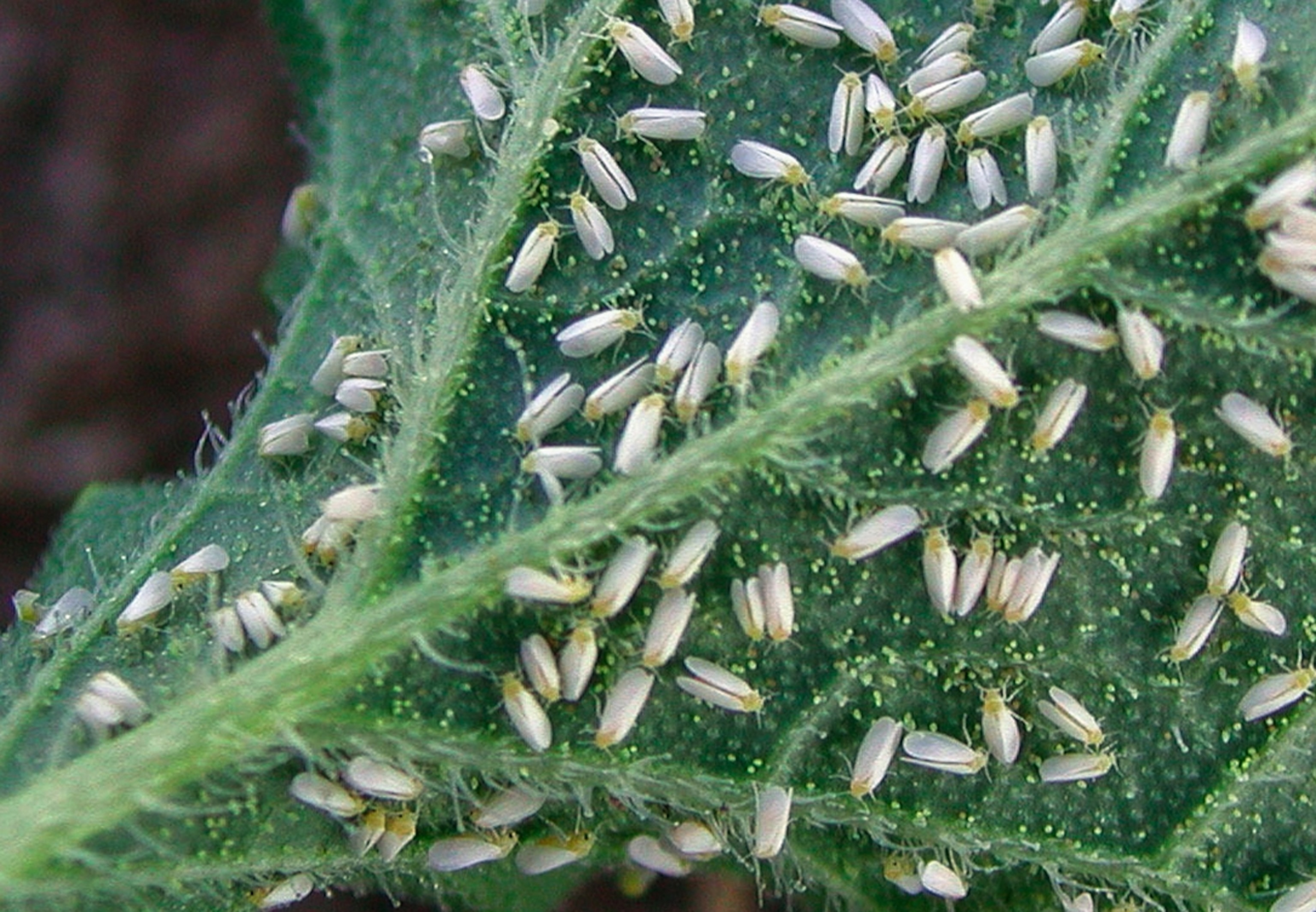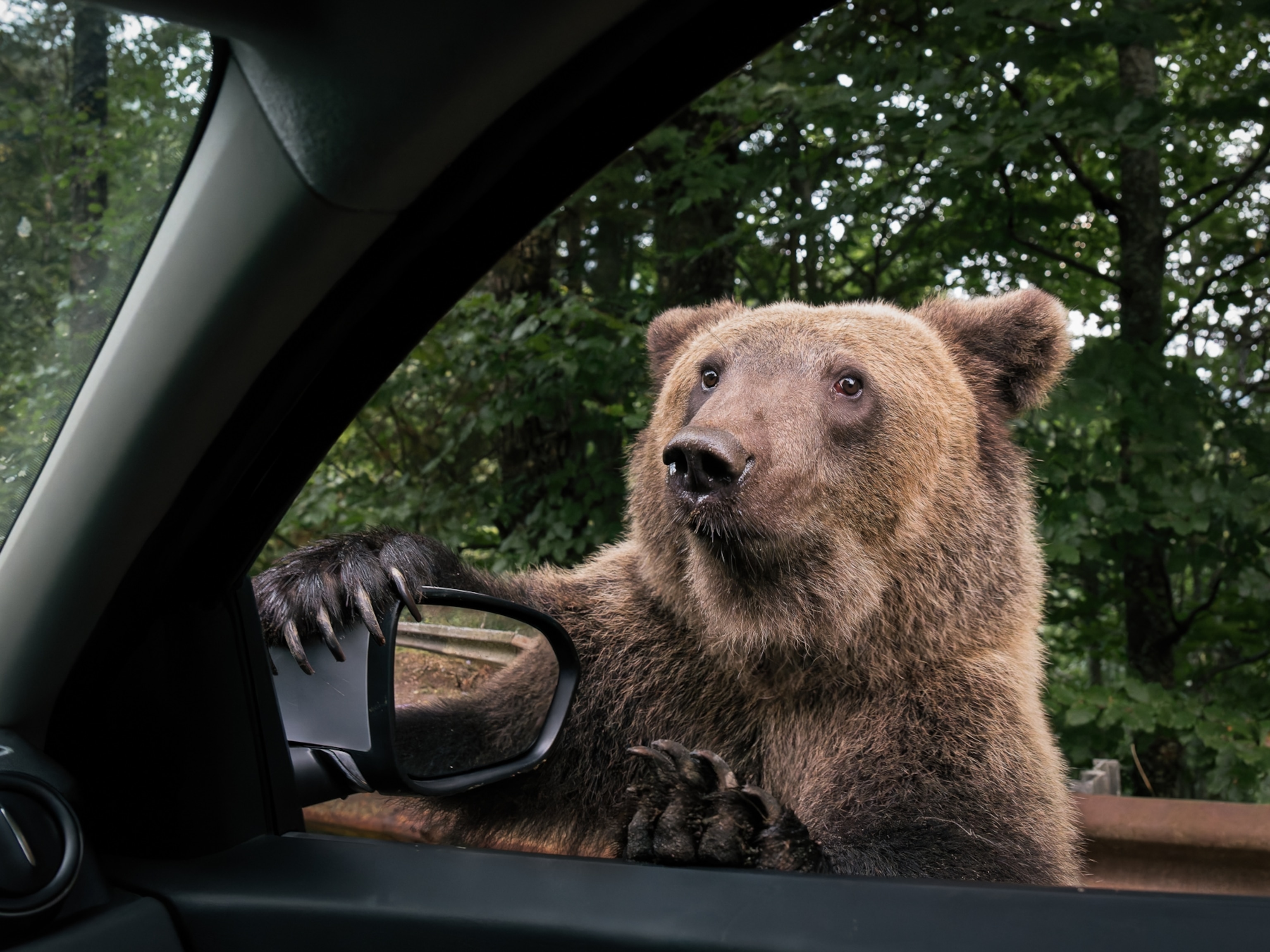
Using facial recognition on grizzlies, and more advances
A new tool helps identify individual bears, machines turn glass bottles into grains of ‘sand,’ and scientists discover a gene transfer from plant to animal.
Who’s that bear?
Facial-recognition systems for humans are widely used by security services and law enforcement. Now there’s one for grizzly bears. The so-called BearID could enable researchers to track the animals across vast stretches of time and space. Identifying individual grizzlies has long been difficult because they tend to lack clearly distinguishable markings. This technology, born of a collaboration between ecologists and computer scientists, makes it possible to easily recognize bears caught by camera traps.
With an accuracy rate of 83.9 percent, the software runs deep-learning algorithms to detect and map each grizzly’s facial features so the bears can be identified. Indigenous communities in British Columbia are already putting the application to work, monitoring specific bears across territorial boundaries. The developers of BearID hope to adapt their software to track other species too, such as woodland caribou and polar bears. Doing so, they say, will help scientists gain insight into the lives of these animals and aid in their conservation.
(Grizzlies are coming back. But can we make room for them?)
Grind glass, get sand
Sand is chosen to make everything from glass to chemicals, and the high demand for it has left some beaches lacking. One company, Export, has created machines that do the reverse, turning glass bottles into fine grains that can be used in place of real sand by a variety of industries.

A fly that’s a gene thief
Many plants protect themselves by producing toxins that act as natural pesticides. But the strategy doesn’t work on whiteflies (Bemisia tabaci), because some 35 million years ago, they acquired a gene that neutralizes such toxins. The flies got this gene, scientists in China have discovered, by “stealing” it from a plant, probably when a fly ate a plant infected with a virus. This is one of the first known cases of functional gene transfer between plants and animals.

This story appears in the October 2021 issue of National Geographic magazine.




